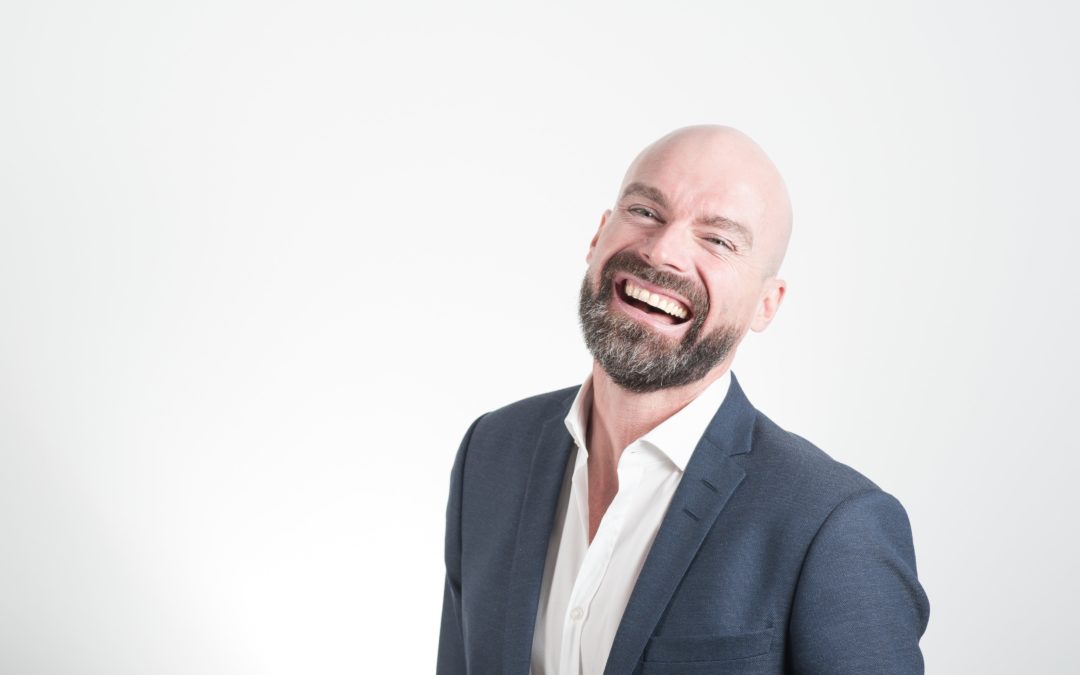What is Male Pattern Baldness?
Male pattern baldness is a type of pattern hair loss that only affects males. Pattern hair loss that affects females is referred to as female pattern baldness. In males, the pattern hair loss is noticed through a receding hairline or thinning on the crown of the head. Over time, hair follicles can shrink, which causes hair to grow shorter and thinner. Eventually, the follicle will cease to produce hair at all. The hair follicle still remains on the head, meaning there is the opportunity to rejuvenate hair growth if the correct treatment is give.
Types of male male pattern baldness
Androgenetic alopecia is the medical term for male pattern baldness. Generally, it is the classic type of balding within males, defined by a specific pattern of hair loss starting from the temples and receding backwards or affecting the crown. Nearly 80% of all males will experience some type of hair loss by age 80. Alopecia totalis is a form of hair loss that affects the entire head. Cicatricial alopecia is a rare form of baldness caused by a culmination of skin disorders. Involutional alopecia is a cause of telogen effluvium, when your hair enters its resting phase, affecting overall growth over time because of reduced hair growth speed.
Causes of male pattern baldness
Pattern baldness is, more likely than not, a hereditary condition. If baldness runs in the family then you are likely to experience similar hair loss conditions as a result of genetics. Inheriting male pattern baldness does not have any side effects, but there are other serious causes of hair loss, like cancer, that should be monitored. Environmental factors, such as poison, radiation, or drugs can cause hair loss as well. In addition certain physical stressors, like weight loss and emotional trauma, or medical conditions, like heart disease or leaky gut syndrome, are all possible causes of hair loss.
Male Pattern Baldness Temporary Treatments
There are treatments available to aid in reversing hair loss or preventing hair loss. Minoxidil is solution or foam applied to the scalp to stimulate hair growth. It is a temporary solution that only works during consistent use of the product. Once a person ceases use the effects wear off. Finasteride is a drug, also known as Propecia or Proscar, that is prescribed to men suffering from hair loss. It transforms testosterone to dihydrotestosterone to prevent hair from falling out. This solution is also only temporary upon consistent use. Hair transplants are painful procedures that take hair follicles from one area and insert them where baldness occurs. This is not guaranteed and generally results in patchy hair, if it works at all. Finally, PRP, or platelet rich plasma, uses a sample of blood from your arm to isolate the plasma to inject into the scalp. This is a very meticulous procedure that also has less than ideal results.
Only Cure for Male Pattern Baldness
With all of the treatments out there, the cure for male pattern baldness only comes in one form, hair follicle rejuvenation procedure. Unlike the other options, this cure is permanent, minimally-invasive, requires no surgery or drugs, and has no side effects. This treatment was developed by Misti Barnes, a collagen and hair restoration expert. Her patented process combines stem cells with microneedling to rejuvenate hair growth naturally. She has a 100% success rate and offers a free consultation for new clients To learn more about the cure for male pattern baldness, schedule a consultation here.
